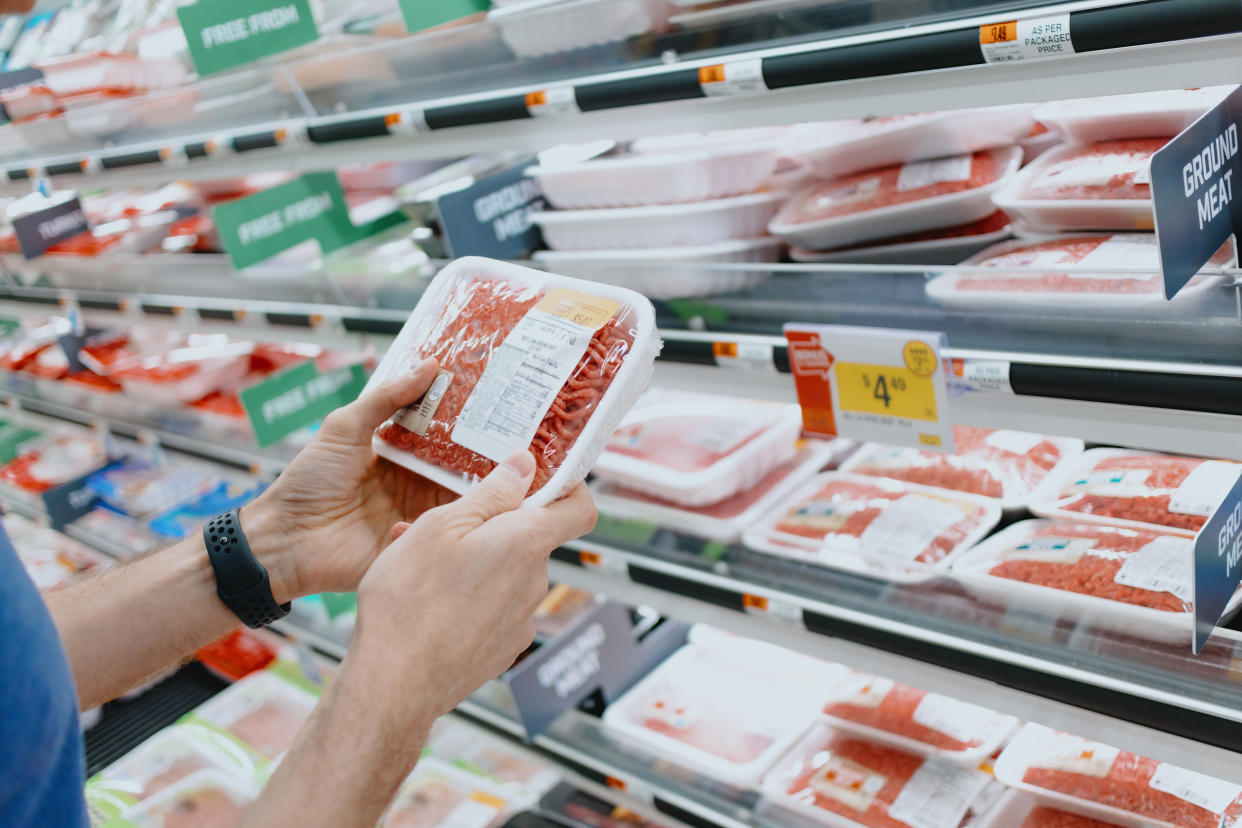White House on grocery inflation: Slowing but still taking its toll
Grocery inflation continues to take a toll on Americans, but there is a sliver of good news.
The White House published a blog post Wednesday on the current state of grocery prices. In the post, which Yahoo Finance received first, the White House Council of Economic Advisers (CEA) outlined "five facts" around grocery inflation.
Fact #1: Grocery prices matter. The CEA said it made up 8% of total consumer spending back in 2021 — for the people in the bottom fifth of the income distribution scale, that number is more than 11%, per the Consumer Expenditure Survey. That's more than what consumers spent on gas, 3% of total consumer spending that year.
Based on a more recent look, from April to June 2022, consumers' spending on food overall increased by 10.8% compared to the same time period a year prior.
Fact #2: Grocery prices have a significant impact on how American families think about inflation. "When groceries become relatively more expensive, households incorporate that experience into their expectations of future overall inflation in the near future," the White House said. "The CEA found that 1 additional percentage point of food inflation is linked to an increase of about 0.11 percentage point in one-year inflation expectations in the University of Michigan survey."

Fact #3: Grocery inflation is easing or "cooling."
Taking a look at three-month averages, the CEA said grocery prices were down 0.9% in April. That's compared to up 1.5% in March and far lower than a July 2022 peak of 15.7%.
This means in April, grocery inflation dropped below headline CPI inflation. That includes all items, which were up 3.2% on a three-month annualized basis in April. That matters because groceries make up "one-tenth of the overall consumer price basket" per the CEA.
Fact #4: A growing share of categories is helping to slow down inflation. The CEA said, "Together, these point to less upward pressure on grocery inflation."
Fact #5: Declines in egg and produce like fresh fruit prices are driving down grocery inflation. Other foods that have seen declines include dairy, cereal, and bakery goods.
Eggs: Between January to April 2023, egg prices fell 18%, but in April, they were still 40% higher than January 2022 levels. While egg prices account for a small share of Americans' grocery basket, just 2%, egg prices experienced "amongst the largest annual increases across grocery categories last year," per the CEA.
Why? By year-end December 2022, the avian flu outbreak affected 43 million egg-laying hens in the United States. Now as the industry rebuilds its flock, a larger supply of eggs is causing prices to decline quickly, but, as of April, prices were still up 24% from the same time period a year prior.
Good news: The White House said, "Taking a signal from the wholesale prices, and barring another supply disruption, retail egg prices will likely continue to moderate in the months ahead." Experts say consumers flocking to cheaper egg prices may do the opposite.
The future: Other pressure on the cost of groceries is "a robust labor market that is supporting higher wages for workers along the food supply chain," the CEA said. But it also said it expects "grocery inflation to continue improving alongside headline inflation but remain elevated relative to its pre-pandemic levels through the rest of 2023."
This comes ahead of the next CPI print set to be released at 8:30 AM ET on June 13.
—
Brooke DiPalma is a reporter for Yahoo Finance. Follow her on Twitter at @BrookeDiPalma or email her at bdipalma@yahoofinance.com.
Read the latest financial and business news from Yahoo Finance
